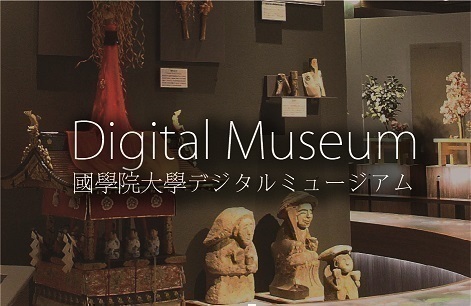- トップ
- Encyclopedia of Shinto
- Shake
Encyclopedia of Shinto
| Main Menu: | |
| Links: |
詳細表示 (Complete Article)
| カテゴリー1: | 3. Institutions and Administrative Practices |
|---|---|
| カテゴリー2: | Officiants |
| Title | Shake |
| Text | A family filling the priestly (shinshoku) position at a particular shrine from generation to generation, also called shashika. In ancient times shrines did not usually have professional priests, but as professional priests emerged, their positions began to be passed down in particular families. Especially with the dissolution of the ritsuryō system, examples increased of clans connected with the Jingikan succeeding to posts at particular shrines in hereditary fashion. The Grand Shrines of Ise had the largest number of shake up to the early modern period, including the Fujinami (saishū), Kawabe (gūji), Arakida (Inner Shrine, shishoku), Watarai (Outer Shrine, shishoku), and others. Other famous examples include the Senge and Kitajima lines at Izumo Shrine, the Ki of Iwashimizu Hachiman Shrine, Katori Shrine and Kashima Shrine, the Ōnakatomi and Nakatomi families at Kasuga Shrine, the Tsumori of Sumiyoshi Shrine, and the Urabe of Yoshida Shrine. The hereditary transmission of shrine posts was abolished in the fifth month of 1871 by a Daijōkan edict denouncing corruption among officials. However, after the war when shrines and their priests were severed from government administration, cases of hereditary succession began to appear again, drawing on Edo period and prewar examples. Such cases can be considered to fall under the category of shake in a broad sense. SeeShinshoku — Inoue Nobutaka |




